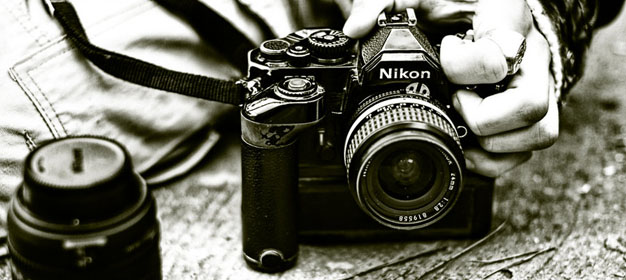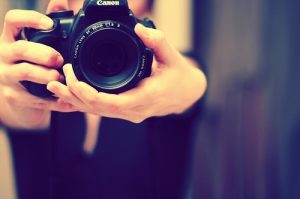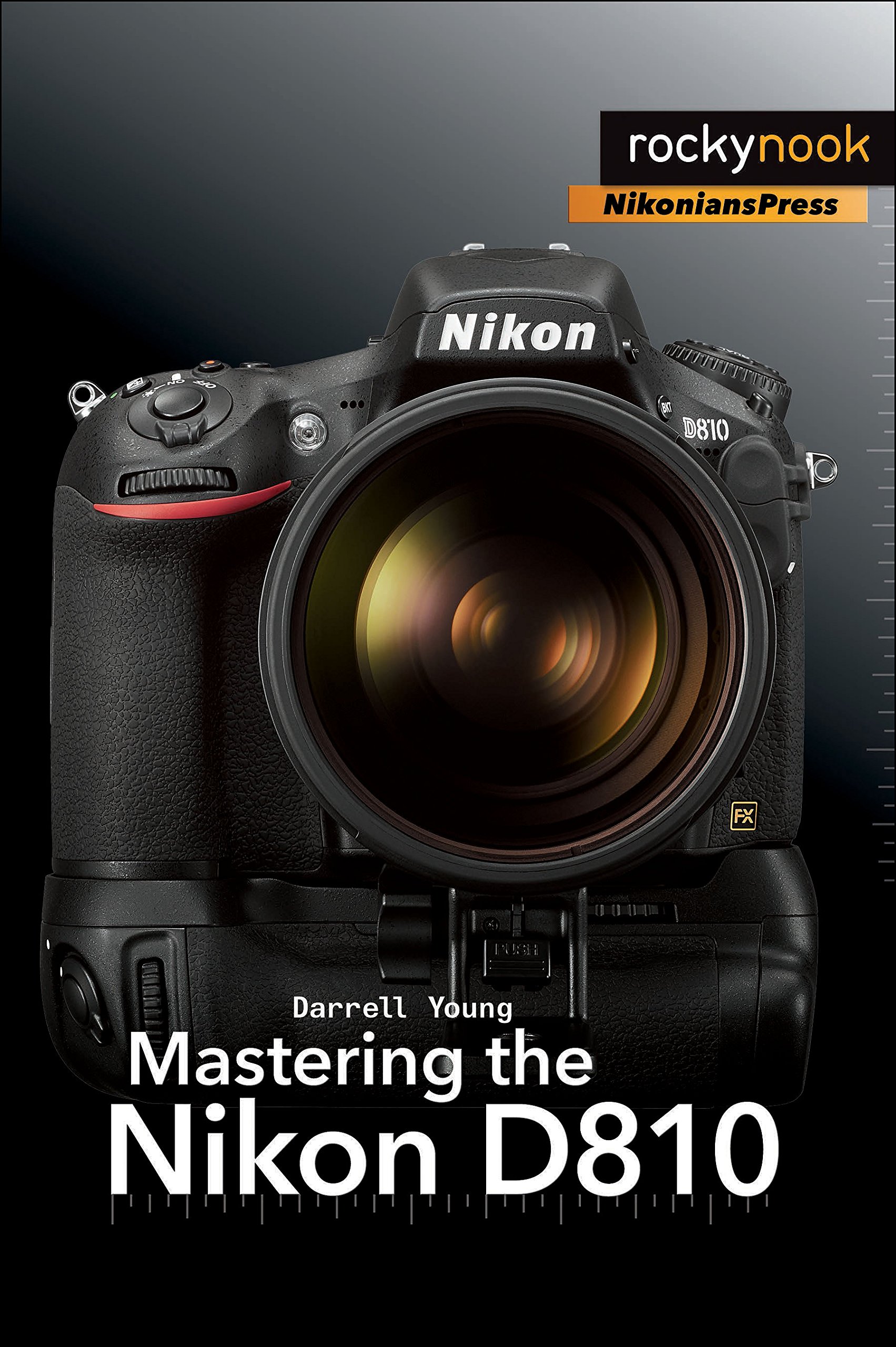
The first thing to consider when purchasing a new camera should always be: what will I use this camera for? After all, the purpose of buying equipment is to put you in a position to create better photographs.
That being said, sometimes camera with the most bells and whistles or the highest ratings may not be the ideal camera for you. We are often led to believe that certain features are essential—and pay dearly for them—only to discover that the coveted functionality isn’t all that practical after all.
When choosing the right camera to buy, start by making a list all the relevant and most important criteria you need to be successful. Next, prioritize them, and finally, pay a visit to a camera store and test your favorites. Then you’ll know if your gut instinct confirms your rational deliberation. If that’s not enough, below are several decision factors to weigh before investing in a camera.
Decision Factors
- If you are purchasing your first camera, don’t buy a professional-level camera that can do everything. The increased options that come with this type of camera will ultimately be confusing and introduce new possibilities for errors.
- If photography is a regular hobby, take care to purchase a camera that offers more functionality than you currently need. This will facilitate your personal development by giving you more room to play and learn.
- Consider the lens too! The quality of your photographs will be profoundly affected by the optical quality of the lenses you use. Your purchase decision should therefore include an evaluation of the lenses that interest you. (Check out this awesome guide for selecting the perfect lens).
- If you’d rather not think about the details of exposure while you take pictures, a beginner camera with robust automatic features is probably right for you. But if you want to be dialed into the systems that influence your images as much as possible, look for a camera that offers manual control settings that are easy to access and use.
- If you are often in extreme weather or if you tend to be hard on equipment in general, you’ll need a durable camera that manages dust and moisture well.

- The different themes you select affect the demands you’ll have of your camera. If you’re interested in sports photography, the number of pictures per second the camera can take is critical If you’re interested in photojournalism or lifestyle photography, the number of pictures you can expose before the buffer memory is full becomes more of an issue. Any genre that involves a moving subject will require a fast and accurate autofocus system.
- If you plan to take your camera everywhere with you or if you have smaller hands, then it’s an advantage to have a smaller camera. People with larger hands may want to look for cameras that offer a battery grip attachment.
- Getting a camera with the most megapixels is important only if you are going to create prints larger than 11×14 inches. The current standard pixel counts will more than serve your needs if this doesn’t apply to you. The imaging performance and quality of the sensor and the internal image processing are much more important if you’re concerned about the overall quality of your images.
- The price of a camera is likely to play a role in your decision. We don’t recommend buying a complete starter kit that fits your budget; you are better off making an informed decision about each individual piece. If your budget is tight, you can purchase a used camera. If you are trying to save money, we recommend starting with a smaller, less expensive camera and not skimping when it comes to your lens.

- And last but not least, make sure you read up on your camera’s features after you make your purchase. Learning your equipment’s various features will produce higher quality photographs. By the way, we have a few manuals for that!
Want more? Dive into, Learning to Photograph, Vol. 1 and Learning to Photography, Vol. 2.
